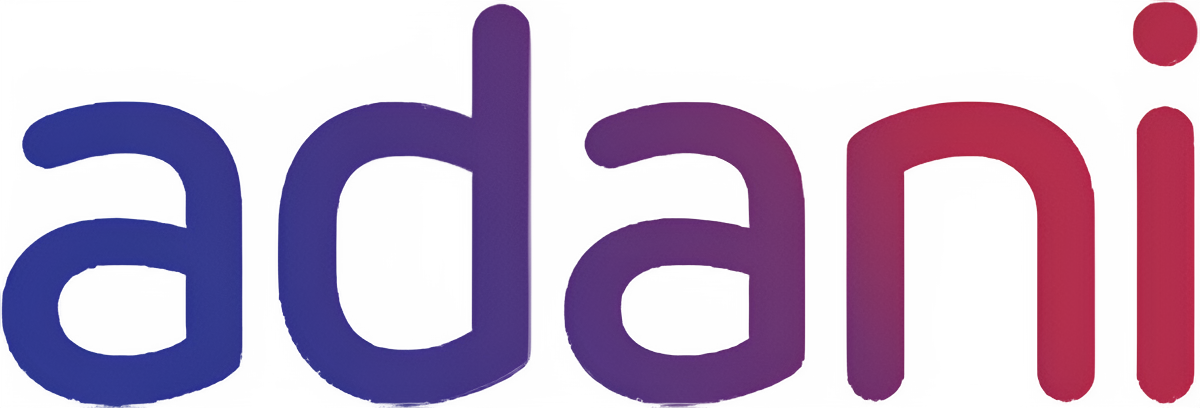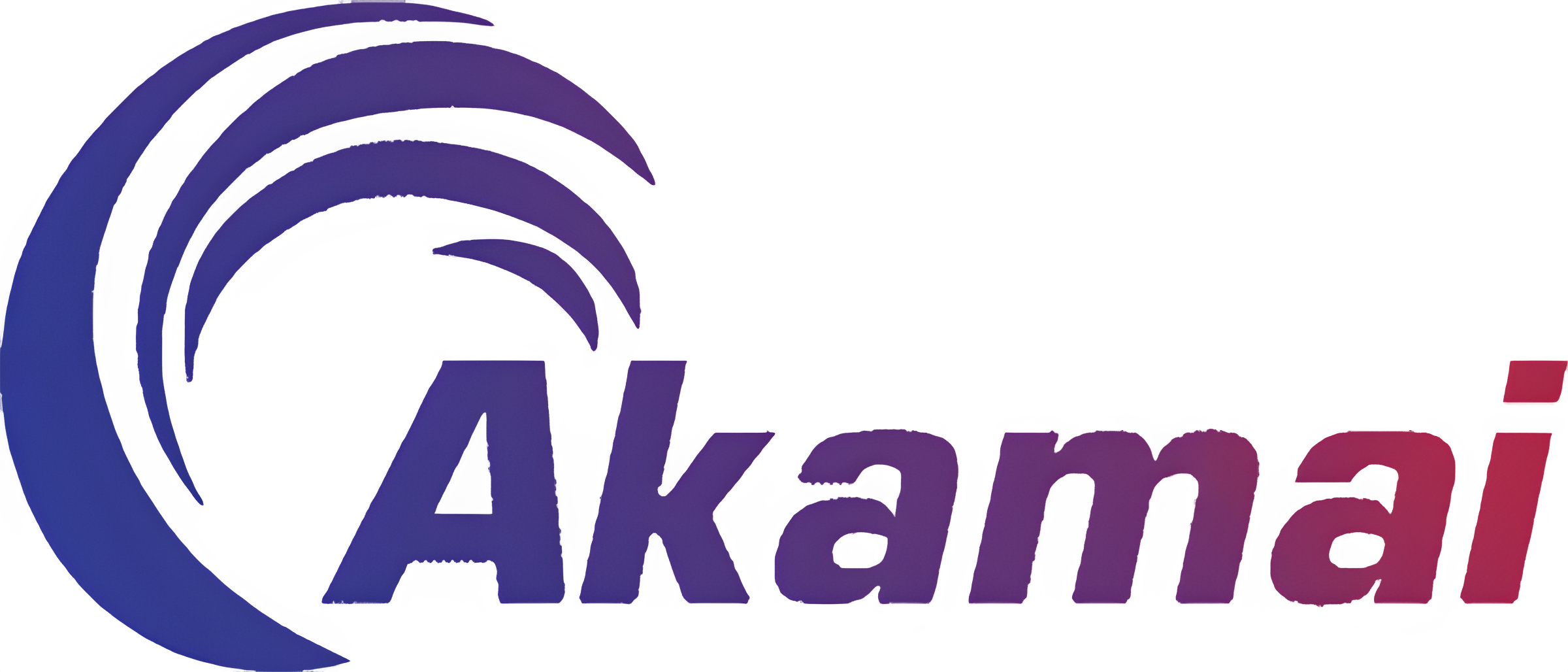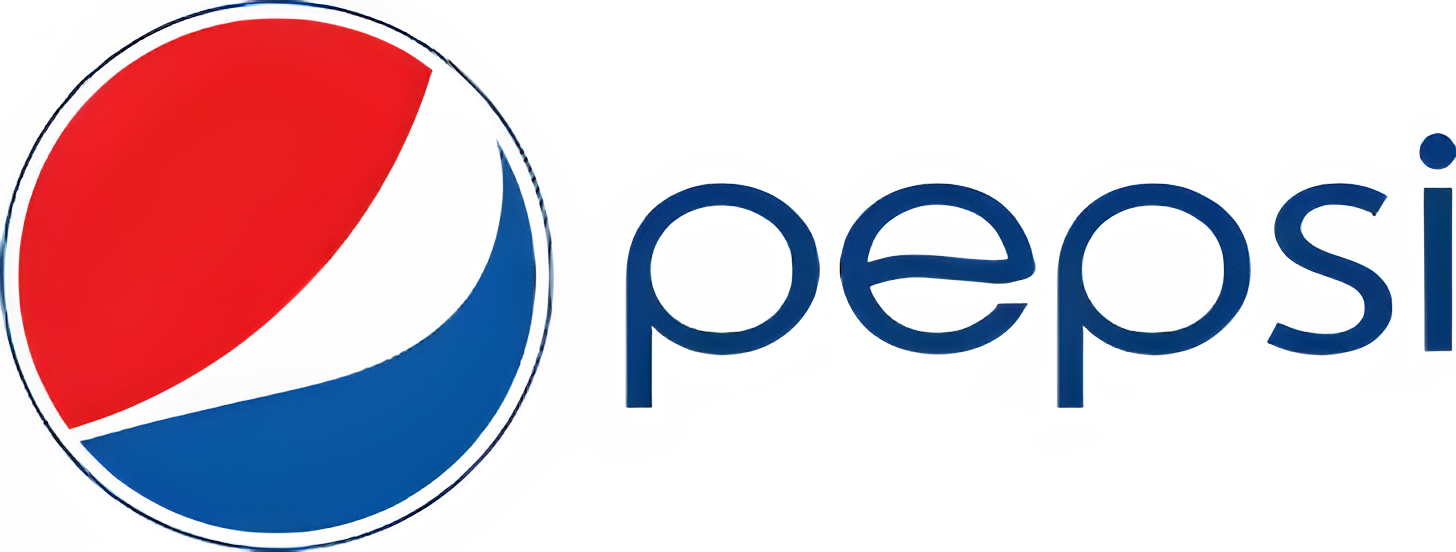Develop a Real Estate App Like MagicBricks for Property Listings

Developing a real estate app like MagicBricks requires more than listing and search capabilities, it demands a holistic platform that personalizes property discovery, delivers immersive virtual tours, integrates interactive maps, and streamlines client–agent communications and transactions. By partnering with a seasoned real estate app development company and an affordable software development company, you can leverage modern microservices architectures and cross-platform frameworks to control mobile app development cost while ensuring scalability. Integrating payment solutions is straightforward when you know how to easily integrate a payment gateway, and long-term success hinges on robust support from an affordable software maintenance company. Below, we explore each dimension—from AI-driven recommendations and AR/VR tours to GIS mapping, secure e-signatures, and cost management, so you can deliver a next-generation property platform that stands apart in function, UX, and trust.
Strengthening Brand Identity and Customer Loyalty
Owning a custom booking app elevates your brand beyond the indistinct “other taxis.” Every interaction from the app’s color scheme to messaging reinforces your unique identity. A taxi booking app development company can embed your logo, brand voice, and custom features, differentiating your service from generic aggregators. When customers open your app, they engage directly with your brand, increasing recognition and loyalty. Moreover, tailored loyalty programs offering ride credits, priority booking, or premium vehicle options—encourage repeat usage. In contrast, third-party platforms dilute your brand, grouping you with many competitors and making it difficult to stand out.
AI-Driven Personalization for Property Discovery
Users expect apps that learn their preferences over time. By analyzing search history, saved properties, and engagement patterns, an AI recommendation engine can surface homes that match users’ budgets, preferred neighbourhoods, and amenity requirements. Implementing such hyper-personalization involves training machine-learning models on historical user data, transaction records, and even demographic trends to create dynamic user profiles. This fits squarely within real estate software development, ensuring that each user sees the most relevant listings first and feels understood by your platform.
Moving beyond static filters, advanced personalization can suggest alternative neighborhoods when chosen areas become unaffordable or recommend investment properties based on projected rental yields. By embedding these capabilities, your app transcends basic search—becoming a trusted advisor in the home-buying journey, a level of service typically found only in elite mobile app development company portfolios.
Also Read: - Developing a Real Estate App in Dubai: Features, Costs & Tips
Immersive Virtual and Augmented Reality Tours
Static photographs limit users’ understanding of space. Integrating AR/VR modules transforms property browsing by delivering 360-degree digital walkthroughs and augmented overlays that let users place virtual furniture or change wall colors in real time. Using ARKit on iOS and ARCore on Android, your on-demand app development team can embed interactive property models directly into the app, enabling prospective buyers to explore floor plans and visualize renovations without stepping on site.
High-fidelity VR experiences—hosted in WebXR or native VR viewers—serve remote investors and busy professionals who require a representative feel for each listing. These immersive tours reduce wasted site visits, accelerate decision-making, and elevate user engagement metrics. When combined with live video chat, agents can guide virtual tours, answer questions live, and close deals faster—all hallmarks of a top-tier real estate app development company.
Interactive Maps and Location Intelligence
Property search gains context when paired with rich geographic data. Interactive maps powered by GIS layers can display crime statistics, school ratings, commute times, and nearby amenities directly on the listing map view. Leveraging public data sets and APIs from providers like Google Maps or Mapbox, your app can generate heatmaps indicating areas of high demand, price appreciation trends, or foot traffic patterns.
Enhancing user experience, the platform can calculate real-time commute estimates by car or public transit, showing overlays of reachable zones within specified times. This transparency builds trust and empowers users to make informed decisions. Integrating these mapping features exemplifies real estate software development excellence and aligns with rising expectations for location-aware functionality.
Seamless In-App Communication and Lead Management
Direct, reliable communication channels keep prospects engaged. Embedding in-app messaging—backed by real-time WebSockets or Firebase Cloud Messaging—allows buyers and agents to exchange texts, images, and video calls without leaving the platform. Push notifications alert users to responses, new matching listings, or upcoming site visits, boosting retention and satisfaction.
For agents, an integrated CRM module captures leads automatically, tracks follow-up actions, and schedules reminders. This unified lead management flow replaces disjointed email threads and spreadsheets, cutting administrative overhead. Delivering on these advanced workflows showcases your position as a full-service real estate app development company and lifts your app above simple listing directories.
Also Read: - Real Estate App Development Cost Guide: Factors, Estimates & Insights
Secure Document Handling and E-Signatures
Enabling users to upload KYC documents, proofs of income, or tenancy agreements without emailing PDFs accelerates the transaction lifecycle. By integrating e-signature APIs from providers like DocuSign or SignEasy, your app can facilitate contract signing in minutes, with audit trails and compliance metadata. Escrow workflows—where deposit funds are held securely until conditions are met—can be orchestrated via smart contracts or trusted payment rails, minimizing disputes.
This end-to-end document management, paired with in-app notifications upon each status change, underscores your commitment to data security and regulatory compliance. It also differentiates your platform as a comprehensive real estate software development solution rather than a mere listing portal.
How to Easily Integrate a Payment Gateway
Integrating payments is critical for deposit handling, subscription fees, or featured listing upgrades. To easily integrate a payment gateway, choose a PCI-DSS–compliant provider such as Stripe, PayPal, or Razorpay, then decide between a hosted checkout flow or embedded SDK. Hosted flows offload security responsibilities but redirect users off-site, whereas embedded SDKs maintain a consistent user experience within your app.
Implement tokenization to store customer card details securely, reducing your compliance burden. Configure webhooks to listen for payment events—successful transactions, refunds, chargebacks—and update listing statuses or user balances accordingly. This robust payment integration streamlines revenue collection for your real estate app development company and solidifies user trust.
Scalable Microservices Architecture
A modular microservices architecture decouples critical functions—user management, property search, messaging, payments, analytics—into independently deployable services. Containerization with Docker and orchestration via Kubernetes enables horizontal scaling during usage peaks, such as weekends or new property launches. Each microservice communicates over REST or gRPC APIs, allowing your team to deploy updates without impacting the entire system.
Use a polyglot persistence strategy: PostgreSQL for relational data, Elasticsearch for fast geo-searches, and Redis for caching hot queries. Asynchronous tasks—email notifications, AI model retraining, document processing—can be offloaded to message brokers like Kafka or RabbitMQ, ensuring responsive performance. This architecture not only optimizes resource utilization but also minimizes mobile app development cost by enabling efficient infrastructure usage.
Cross-Platform Development and UI/UX Best Practices
To reach both Android and iOS users cost-effectively, adopt cross-platform frameworks such as React Native or Flutter. These tools share up to 90 percent of the codebase, slashing development time and maintenance overhead while still permitting native-level performance for demanding features like AR. Reserve native modules for advanced camera, mapping, or payment functions to deliver a seamless experience.
Design with accessibility in mind: support adjustable text sizes, high-contrast modes, and screen-reader compatibility. Implement thumb-friendly navigation—bottom tab bars for main sections, swipe gestures for browsing—so that users can explore listings one-handed. Incorporating familiar UI patterns from leading portfolios ensures your app feels intuitive and trustworthy.
Must Read: - What Is the Cost of Custom Software Development in France?
Estimating Mobile App Development Cost
Budgeting for a comprehensive real estate platform starts with scoping core versus advanced features. A lean MVP—user registration, basic listing search, and inquiry forms—typically ranges from USD 20,000 to USD 50,000 when partnering with an affordable software development company offshore. Adding AI personalization, AR/VR tours, e-signatures, and payment integration elevates costs to USD 60,000–150,000. Larger enterprise solutions—agent portals, CRM integrations, multi-region support—may surpass USD 200,000. Phased deliveries and milestone-based payments help manage cash flow and align development with stakeholder expectations.
Post-Launch Support and Continuous Improvement
Launching the app is only the beginning. Engaging an affordable software maintenance company ensures continuous updates, performance monitoring, and security patches. Automated regression tests and CI/CD pipelines catch bugs before they reach users. Regular analytics reviews—tracking DAU, bounce rates, and conversion funnels—guide feature prioritization. User feedback channels within the app uncover usability issues and new partnership opportunities, keeping your platform aligned with evolving market needs.
Advanced Features to Drive Engagement
To further differentiate, consider integrating multi-language support so users can browse listings in their preferred language, inspiring trust among diverse demographics. Implement push notifications that alert users to newly listed properties matching their saved searches or price drops, maintaining high engagement without manual checking. Explore chatbots powered by generative AI to field preliminary inquiries and qualify leads around the clock—another facet of modern on-demand app development.
Partnerships and Ecosystem Integration
Real estate apps thrive as ecosystem platforms. Integrations with mortgage calculators, property inspection services, and moving companies transform your app into a one-stop shop for buyers and renters. White-label partnerships with local agencies expand your inventory, while affiliate programs for home improvement retailers unlock new revenue streams. By positioning your platform as an integration hub, you elevate your brand beyond listings into a comprehensive property management system.
Conclusion
Building a real estate app like MagicBricks demands a synthesis of immersive technologies, scalable architectures, and user-centric design. This must be balanced with prudent mobile app development cost management and ongoing support from an affordable software maintenance company. By collaborating with a top-tier real estate app development company and leveraging modern real estate software development best practices, you can deliver AI-driven personalization, AR and VR tours, interactive maps, secure payments, and robust lead management. Dinoustech Private Limited stands ready to guide your project from ideation through launch and beyond, ensuring your property platform captures attention, drives trust, and scales with your vision.

















